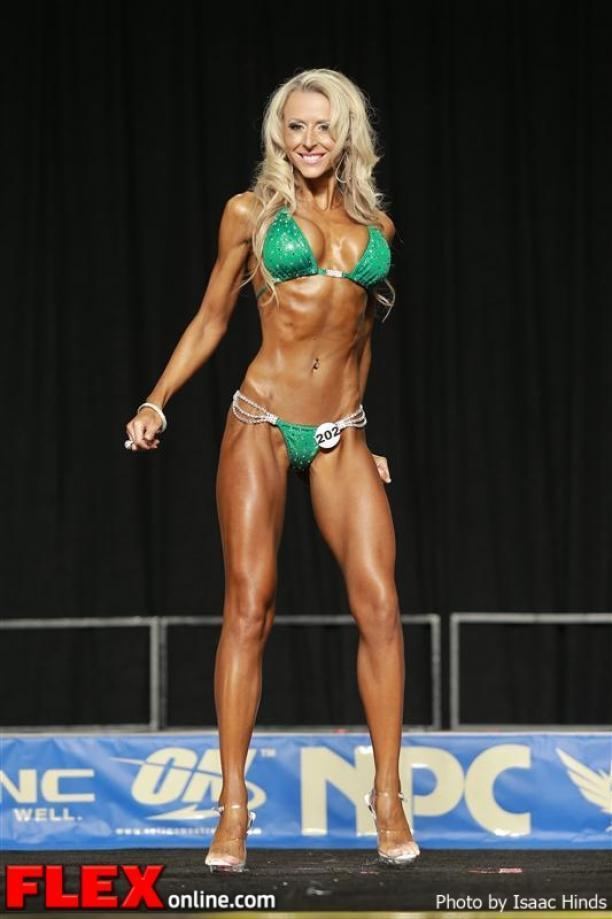Nationality United Kingdom Occupation Biologist | Known for Frameshift mutations Name Leslie Barnett | |
 | ||
Born 12 October 1920 ( 1920-10-12 ) London Died 10 February 2002(2002-02-10) (aged 81) | ||
Rev. Dr. Donna Warren: Third Word; Rev. Leslie Barnett Davis: Fourth Word. 04-03-15.
Leslie Barnett (born 12 October 1920 in London, United Kingdom as Margaret Leslie Collard – died 10 February 2002) was a British biologist who worked with Francis Crick, Sydney Brenner, and Richard J. Watts-Tobin to genetically demonstrate the triplet nature of the code of protein translation through the Crick, Brenner, Barnett, Watts-Tobin et al. experiment of 1961, which discovered frameshift mutations; this insight provided early elucidation of the nature of the genetic code.
Contents
- Rev Dr Donna Warren Third Word Rev Leslie Barnett Davis Fourth Word 04 03 15
- Leslie Barnett Hamby Won Playhouse from Henson Mechanical
- Early career
- Late career
- Death and tributes
- Scientific Papers to which Leslie Barnett contributed
- Recognition
- References
In her professional life, Barnett was a microbiologist who joined the Laboratory of Molecular Biology in Cambridge, where she worked as an assistant mainly with Crick and later Brenner, with whom she remained for many years until he left and she retired. During this long period Leslie Barnett was involved in a number of the important advances made in molecular biology and genetics; she witnessed the many technological and scientific advances made during the last century, some very important ones which she herself had contributed to.
Leslie Barnett Hamby Won Playhouse from Henson Mechanical
Early career
At the beginning of the war Leslie had started training in the Institute of Agriculture in Essex but in 1939 took a job in Felixstowe as an apprentice at a local dairy, milk testing, and later with United Dairies in London. After evacuation to Banbury and several further jobs she returned to London where she met and married James in 1945. He insisted that she took up the offer of a place at Reading University and she remembered these as some of the happiest days of her life, studying for her BSc in dairying. Leslie continued to be fond of James despite their divorce when the children were quite young. She was the mother of Penny and Marion Barnett.
Barnett came to work as a technician in the MRC Unit shortly before the move from the Cavendish Laboratory to "The Hut" in Cambridge. Her role was to help with the computing for the crystallographers. On the arrival of Sydney Brenner, however, help was needed to set up the phage research and then to prepare for the arrival of Seymour Benzer and other American visitors that autumn. Leslie worked with Vernon Ingram in determining the GLU to VAL amino acid change in the beta chain of Hb responsible for the sickle cell phenotype. This was the first molecular disease characterized. Barnett showed her versatility when she transferred to Brenner's programme and made a major contribution to the laboratory work, becoming a co-author of their two major papers on the results. In 1966 she was appointed Senior Tutor at the new graduate college, Clare Hall, Cambridge. She proved very popular in this work.
On Brenner's retirement in 1986, Barnett left the LMB to work for him in the new MRC Molecular Genetics Unit in Addenbrooke's Hospital. She trained the late Francis Crick in experimental work on phage and assisted him.
Barnett also helped set up Sydney Brenner's laboratory in Singapore, many years later.
Late career
Barnett was amongst the early Fellows elected to join Clare Hall, the newly founded graduate college. In 1972, she became a tutor for graduate students; in 1975, she took over the leading role of Senior Tutor, which she held until her retirement in 1985. She was remembered by hundreds of students of various nationalities, ages and subjects for her steadfast care, wisdom in solving their problems, and motherly love.."
Leslie Barnett played a leading role in college affairs, particularly in the organising of social events and parties and will be remembered with great affection by her colleagues and other friends associated with the college. As a token of her contribution to the college the Governing Body has named a student residence the Leslie Barnett House and a bronze head [by the late Lois Tilbrook] represents another tribute to her on the site. On retirement she was elected to an Emeritus Fellowship and attended regularly until her last illness.."
Death and tributes
Eric Miller who was a visiting scientist at the Molecular Biology Laboratory in 1986-87, wrote “Leslie Barnett should be recognised for her immense scientific contributions to the field of gene structure and function. Professionally, to which I am sure Francis Crick and Sydney Brenner will attest, many of the seminal discoveries in molecular biology would not have occurred without the careful hand, watchful eye and steadfast focus that Leslie brought to the bench and experiments." Francis Crick said "Alex Rich and I engaged Leslie in 1955 to do some x-ray calculations for us, since in those days electronic computers were still very primitive. After we discovered that Leslie had biological qualifications she did various types of experimental work. Among other things she worked with us on the phase-shift mutants of phage T4. She was invaluable, as she was always such a careful and meticulous experimentalist."
Scientific Papers to which Leslie Barnett contributed
Recognition
In 1978 at Clare Hall a second neighbouring house in Cambridge, now called Leslie Barnett House, was obtained for graduate student accommodation; it was named after the popular Senior Tutor.
